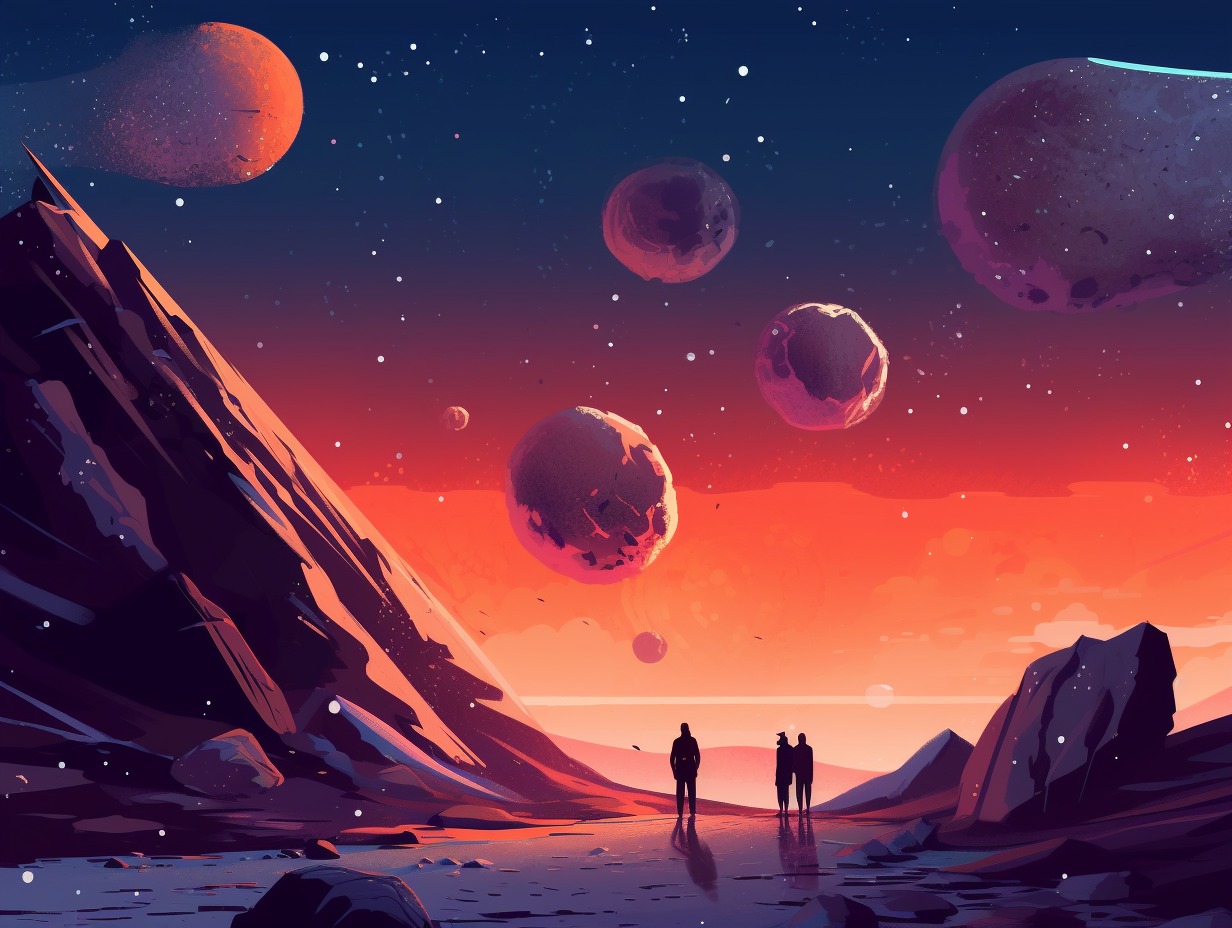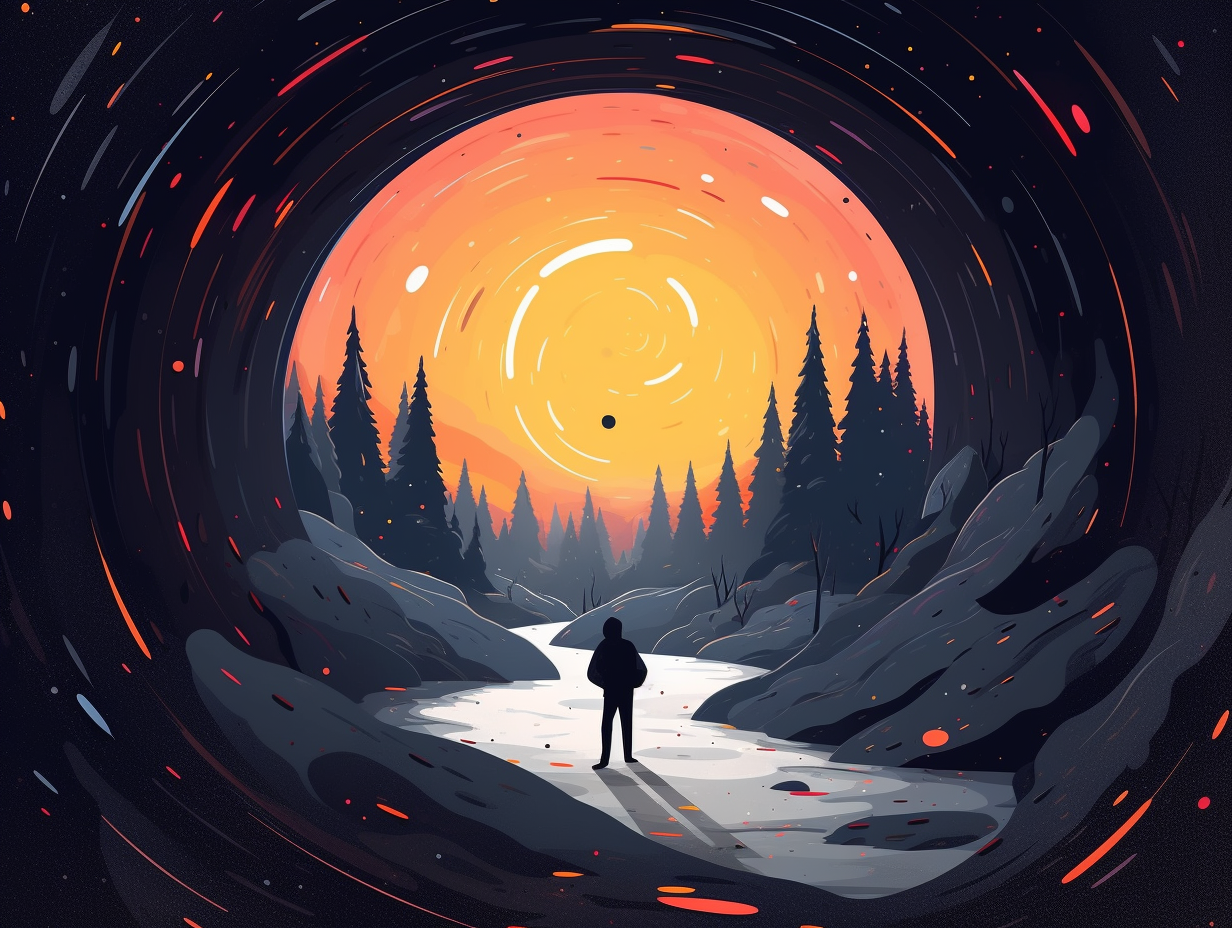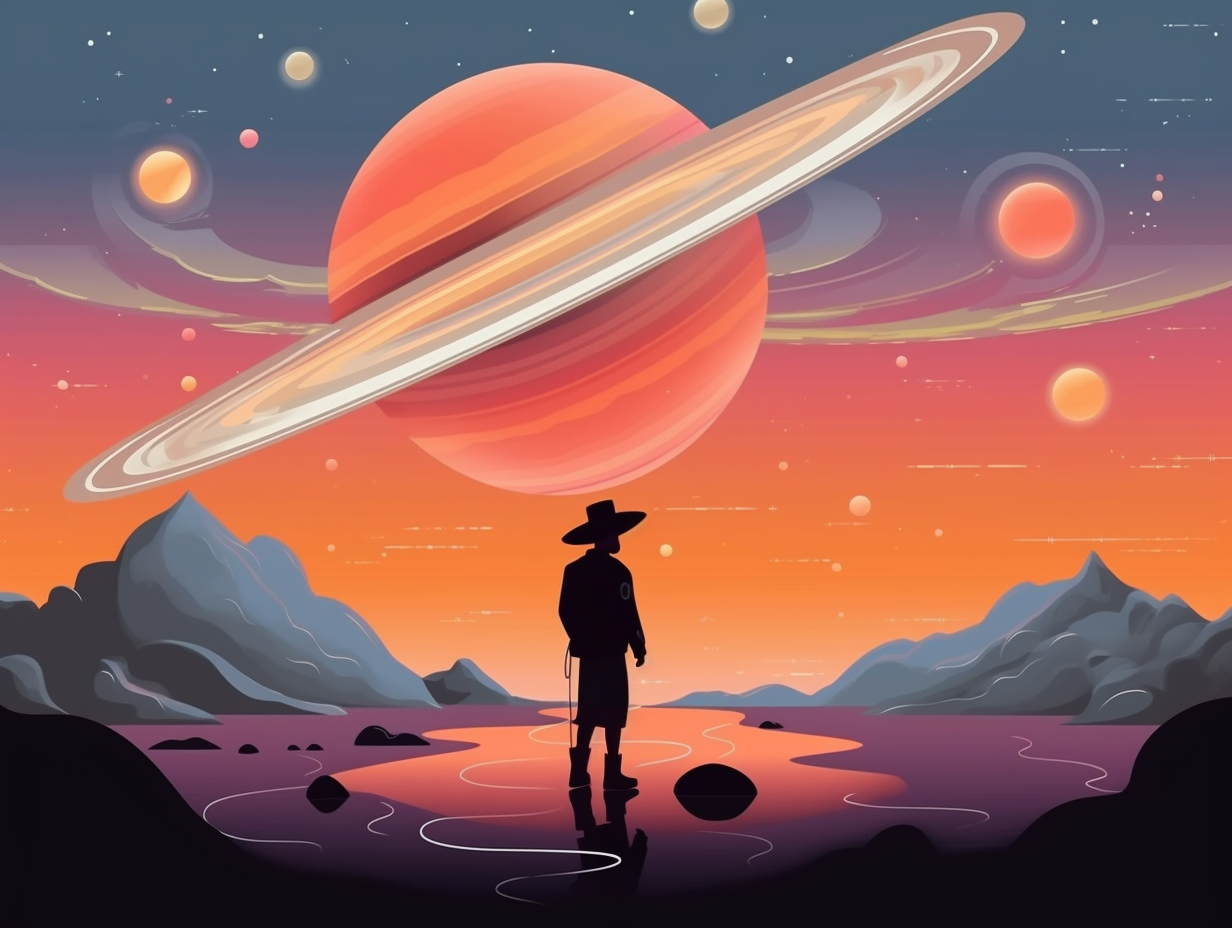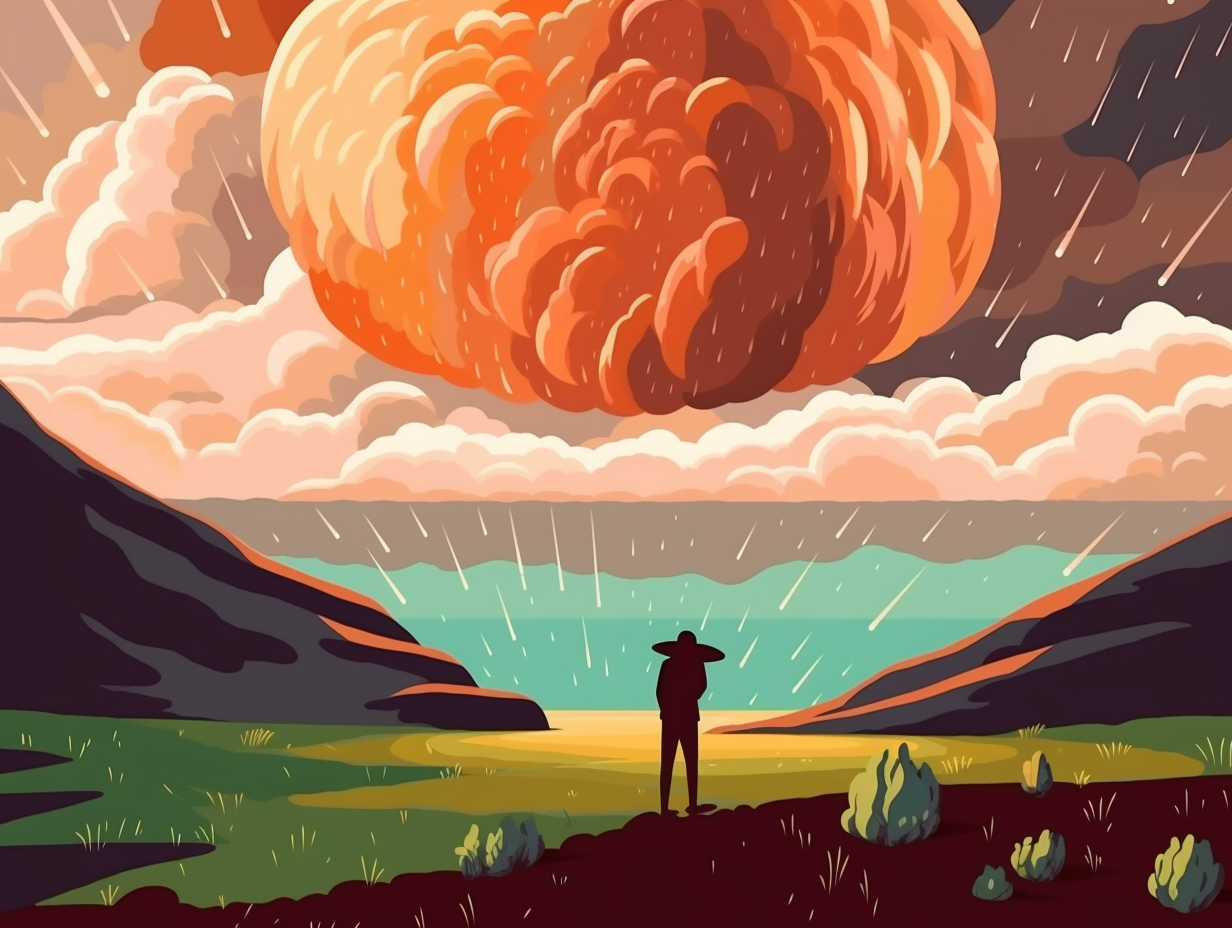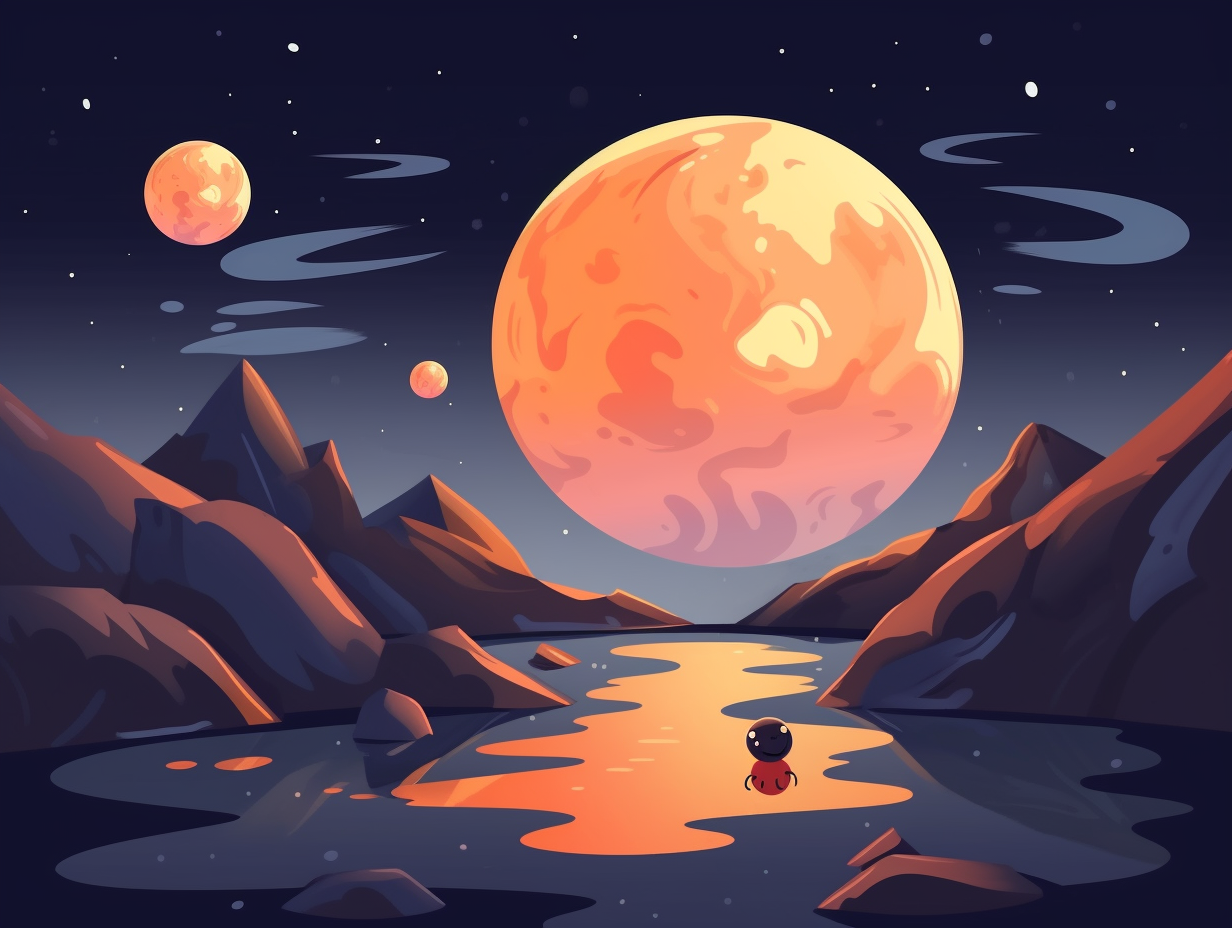Discover the Cosmos: Top 13 Mind-Blowing Fun Facts About Stars!

1. Chameleon Stars
Stars are like chameleons with cosmic wanderlust, hitching a multi-hued ride on the color wheel as they heat up and cool down: Red stars are cooler than the sun, emitting their sultry rouge due to lower surface temperatures, while blue stars are the fiery hotrod powerhouses of the stellar neighborhood. These technicolor giants are fueled by nuclear fusion reactions at their core, letting loose electromagnetic energy and solar winds for our eager telescopes like Hubble to detect and measure. Plus, they come in three trendy weight classes - low-mass, intermediate-mass (such as our très chic sun), and high-mass stars - each strutting their own unique life-cycle down the cosmic catwalk.
Source => webexhibits.org
2. Pac-Man Black Hole
Don't be too alarmed by the galaxy's resident "Pac-Man": Sagittarius A* is a supermassive black hole with a staggering mass of 4.1 million times that of the Sun, feasting on stars at the heart of the Milky Way. Yet, far from gobbling up our entire celestial neighborhood, this cosmic behemoth actually keeps a cluster of stars gravitationally anchored in their orbits for billions of years!
Source => phys.org

Did you know our fiery celestial orb, the Sun, is only halfway through its hydrogen-fueled, nuclear fusion party? Get ready for another 4.5 - 5.5 billion years of sun-tastic fun! ☀️💥
=> Fun Facts about The-Sun
3. Celestial Gym Rats
If stars were gym rats, they'd humble brag about their weightlifting prowess on celestial Instagram: Some stars can be hundreds of thousands of times heavier than our Sun! These astronomical show-offs form differently, since their radiant pressure stops them from exceeding roughly six times the size of our Sun, leaving astronomers scratching their heads about the birth of these massive celestial beings.
Source => kids.frontiersin.org
4. Stellar Nonconformists
While most stars prefer a grand tour across the celestial canvas, a few rebels refuse to follow the crowd and stay anchored in their cosmic spot: These nonconformist stellar sensations, like Polaris, are known as circumpolar stars and can be spotted partying in the sky year-round from certain earthly vantage points.
Source => lpi.usra.edu

5. Reality TV Divas of the Universe
Stars: not just earthbound reality TV divas, but celestial ones, too! These heavenly drama queens love to stir up some stardust with their fabulous creation and recycling skills: During nuclear fusion, they burn hydrogen fuel to make helium, and in the process, they produce elements like carbon, neon, and oxygen, which later form new stars and planets.
Source => study.com
6. Celestial Ragers Anonymous
Celestial Ragers Anonymous: Stars with a mass of at least eight times that of our Sun are more likely to have an explosive supernova ending due to the depletion of hydrogen at their core and fusion of heavier elements, resulting in a stellar evolution with a shorter, more dramatic lifespan.
Source => vedantu.com
7. Cosmic Mistaken Identity
Planetary nebulae: fueling a cosmic case of mistaken identity since 1780. These dazzling celestial spectacles, with a name that makes them sound like the sidekicks of planets, are actually the remains of red giant stars nearing their celestial swan song! The serious reveal: They play a vital role in reshaping our galaxy by releasing essential elements like carbon, nitrogen, and oxygen into the cosmos - the very stardust that births new stars and planets. What's more, their surprisingly short lives and bafflingly intricate structures keep astronomers scratching their heads and reaching for their telescopes.
Source => en.wikipedia.org
8. Universe's Sardines
Sardines of the universe, packed tighter than your favorite vacation suitcase: neutron stars cram the mass of nearly half-a-million Earths into a measly 11-kilometre-wide circle, making them one of the densest objects known to science – only black holes top them on the cosmic scale!
Source => businessinsider.in
9. Twinkle Truth
Twinkle, twinkle, little star, it's not you but Earth we must harr! That iconic celestial sparkle we all admire isn't really the stars putting on a show of their fashion sense or flirting with nearby planets: It's actually due to Earth's atmosphere interfering with the starlight, causing the shimmering effect. Planets, however, remain stoically unimpressed, and don't twinkle, as their larger apparent size allows them to sidestep the atmosphere's atmospheric meddling.
Source => skyandtelescope.org

10. Galactic Pants Party
Orion's Belt - just three celestial studs keeping their galactic trousers up: Our humble sun is just one of millions of stars within the Orion Arm, a 3,500 light-years wide strip of the Milky Way Galaxy that also boasts the flashy Betelgeuse, Rigel, and the Orion Nebula. So next time you gaze skyward, remember the sparkling cosmic pants party happening right in our neighborhood!
Source => earthsky.org
11. Star-Studded Distribution
It's a star-studded affair, with the brightest stars stealing the spotlight, while the dimmer ones gather humbly in the background: Scientists at the University of Chicago have found that galaxies originate in high-density regions of dark matter, with brighter galaxies clustering in more pronounced large-scale structures, while fainter ones remain scattered – a cosmic distribution of luminosity that complements the cold dark matter theory.
Source => chronicle.uchicago.edu
12. Red Dwarf Marathon Runners
In a world where millennials complain about a lifespan barely passing a century, one underdog wows everyone with its endless endurance: red dwarf stars are the true marathon runners of the cosmos, living for trillions of years, far surpassing the current age of the universe, and bound to be the last stellar survivors after their flashier counterparts have burned out.
Source => e-education.psu.edu
13. Modest Sun, Cosmic Underdog
In the grand scheme of things, our sun might just be a regular Joe in the star-studded line-up of the Milky Way's next top model: Still, it might shock you to know that some stars in our galaxy are over 1,000 times larger than our seemingly modest sun, which despite being a cosmic amateur, carries a massive 99.866% of our solar system's weight on its brilliantly burning shoulders.
Source => owlcation.com
Related Fun Facts




